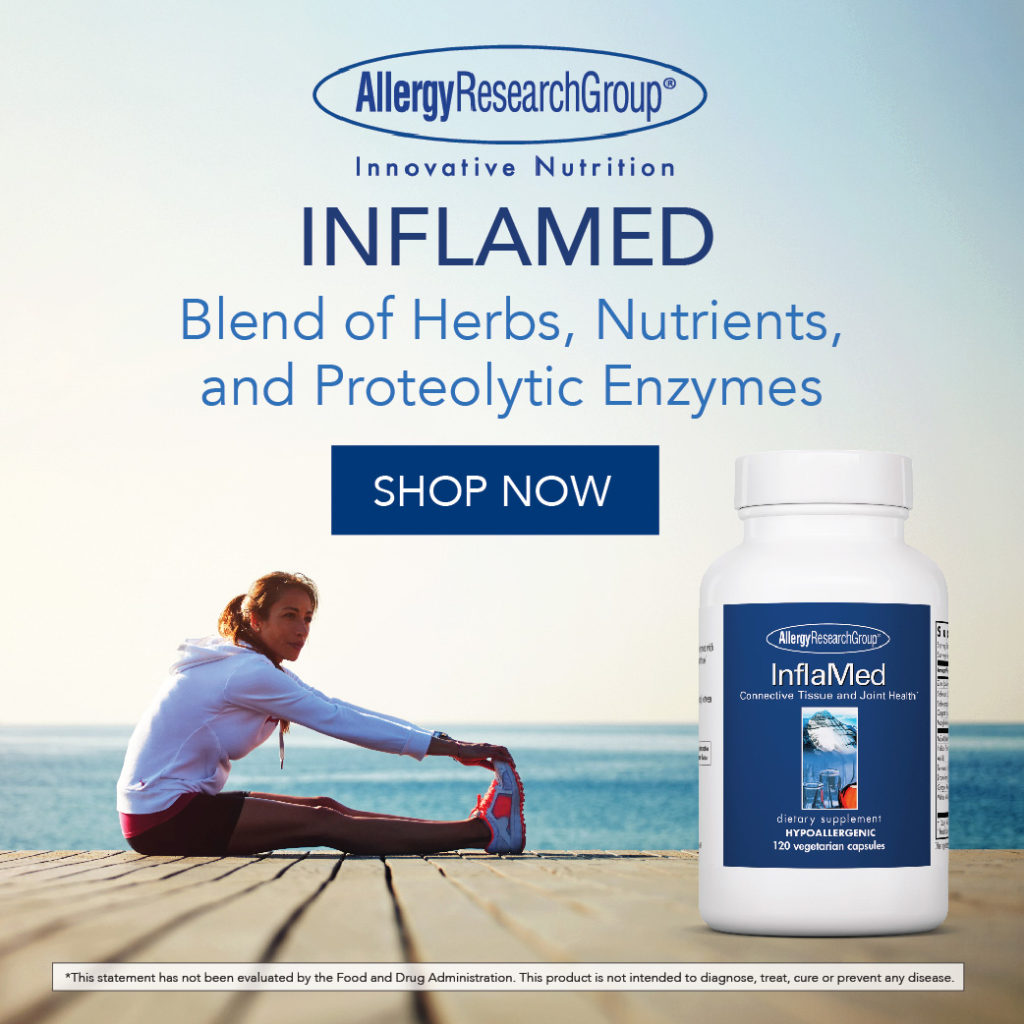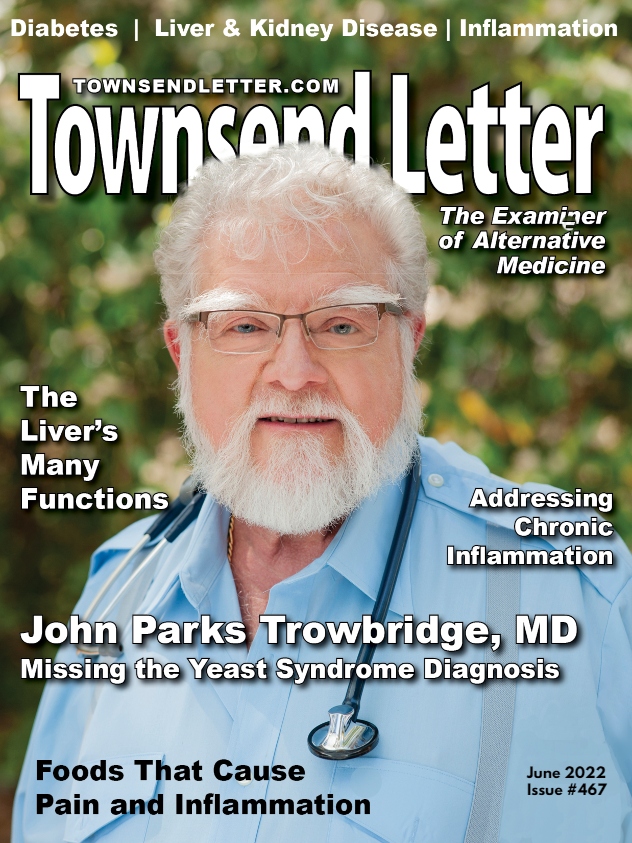The Monstrosity and Overreach of the US Food and Drug Administration
While the pandemic has upended our lives for the past three years and life has begun to resume some manner of normalcy, we are all being held hostage by a madman intent on bombing his way to victory threatening Armageddon if we get in his way. As I write this, the UN Security Council is considering charging the perpetrator with war crimes. Of course, when said perp controls the “red” button that authorizes launching of ballistic missiles containing armed hydrogen bombs, one cannot send in a SWAT team to arrest him. In fact, one can expect that we will all needlessly suffer in the weeks, months, and (?) years ahead, until both sides come to some mutual armistice. There Is no answer to countering such barbarism except to stand at the crossroads like Bertolt Brecht’s “Mother Courage” supplying food and arms to those who fight. Both sides lost but Mother Courage made out handsomely selling provisions to all the combatants. Unfortunately, millions of Ukrainians are now dispersed or in hiding; the country of Ukraine is a wreck (can you imagine the insanity that would ensue if New York or Moscow were similarly destroyed?) Yet the terrorism continues unchecked; said perp denies all wrong-doing claiming no responsibility for people killed and property destroyed.
It is ridiculous to consider regulatory activities of the Food and Drug Administration as anything nearly as monstrous as what is occurring in eastern Europe. Of course, the FDA’s purpose is to oversee the food and drug industries. The compounding of bio-identical hormones, the manufacturing of injectable vitamins and minerals, as well as production of food supplements all fall within the purview of FDA oversight. However, the intent of the FDA now is not simply to regulate but to inhibit, interfere, and prohibit such compounding, manufacturing and production. We are not talking about adulterated products flooding the marketplace and being administered in doctors’ offices. No, this is a direct effort to shut down compounding pharmacies, set impossible hurdles for the manufacturing of injectables, and create a list of nutraceutical supplements that are to be prohibited.
In the midst of the US efforts to support the Ukraine, the White House found time to ask Congress to provide additional budgeting to support the FDA’s plan to create a complete listing of all nutritional supplements. The White House was not alone, of course; Senator Dick Durbin (D) of Illinois was spearheading such efforts. Fortunately, the secret effort to add such funding to the overall budget was defeated by Congress. Nevertheless, it is apparent that efforts by the FDA to take an adversarial stance against natural and integrative medicine are not just being contemplated but are now planned for execution. In 1994 after years of badgering by Rep. Claude Pepper and Henry Waxman, Congress passed DSHEA which stopped the FDA harassment of the supplement industry. In the past few years the FDA has been slowly muscling up their regulatory activities, seeking to halt various nutraceuticals from being manufactured. The most recent blatant effort has been to outlaw the manufacture of N-acetyl-cysteine (NAC). Recent submissions have been made to the FDA to provide evidence that NAC was manufactured as a supplement prior to the passage of DSHEA. A decision by the FDA regarding NAC is forthcoming.
Last month the FDA set forth new regulatory requirements for the compounding of injectable vitamins and minerals. One of the explicit requirements was to set a “best use date,” effectively an expiration date, that is 60-90 days following manufacturing. Given the need to test all injectables for contaminants, chemical and microbiologic, this would effectively mean an injectable would have a shelf life of 30 days or less. One can only imagine the outrageous expense compounding pharmacies will incur making such injectables. One doesn’t need much imagination to understand that the intent of the FDA is to shut down the compounding of injectable vitamins and minerals.
We have had numerous discussions here and elsewhere about the FDA’s intention to essentially ban the compounding of bio-identical hormones. Some have said that we have complained about this so much that our word should not be trusted—like the boy who cried wolf too often. Unfortunately, the FDA is not forthcoming. When they make a decision, then and only then do they announce their stiff regulatory codes and at that point there is no turning back. There is strong background information suggesting that the FDA will decide about compounding hormones in the very near future. Understand that there is no credible reason that bio-identical hormones should not be compounded. Yet, the FDA has made it clear that a skewed report disputing compounding hormone effectiveness and safety correctly impugns the validity of compounded hormones.
While we await normalcy in our day-to-day lives during a never-ending pandemic, while we await an end to a war that terrorizes Ukraine and holds the world hostage, those of us who practice naturopathic and integrative medicine now must wait with bated breath on the actions of a renegade FDA. Of course, we do hold power to reign in the FDA. It’s time to call and write our Congress people and express our displeasure with their overzealous regulations.
Cover Article: Candidiasis and the Yeast Syndrome by John Trowbridge, MD
It is very gratifying to have Dr. John Trowbridge write about yeast and the yeast syndrome in this issue. Trowbridge together with Morton Walker, DPM, authored a best-selling 1980s book, The Yeast Syndrome. The book popularized what William Crook, MD, had written about a few years earlier in his book, The Yeast Connection. Trowbridge and Crook learned about candidiasis after reading a journal article by Orian Truss, MD, who had written several years earlier on the benefit Nystatin had on the treatment of severely depressed patients.1 Truss’s work was summarized in his 1982 book, The Missing Diagnosis (republished as The Missing Diagnosis II in 2009). Trowbridge comments in his article that Truss’s first observation of the importance of Candida yeast was while in training in 1953 when he encountered a coal miner who had developed organ failure following a seemingly minor finger cut. Although the patient had been treated with antibiotics and corticosteroid as were available in the 1950s, his condition deteriorated and sputum cultures demonstrated C. albicans. While the attendings thought that this growth was an irrelevant opportunistic organism, Truss thought otherwise and initiated Lugol’s iodine, an antifungal treatment. It was the iodine that led to the patient’s recovery.
In the 1980s diagnosis and treatment of the yeast syndrome became an important tool for orthomolecular psychiatry and integrative medicine. Psychiatry was very limited in its pharmaceutical care, employing benzodiazepines for anxiety, tricyclic anti-depressants for depression, and phenothiazines for psychosis, the latter frequently leading to tardive dyskinesia. Families and patients seeking alternatives to such drugs were enthused with Truss’s work and appreciated the writings of Dr. Crook and Trowbridge. Those integrative and naturopathic physicians who employed anti-Candida drugs together with a yeast-controlling diet accomplished substantial improvements in patients’ mental health. Regrettably, conventional psychiatry ignored the yeast connection to psychiatric disorders. Of course, this disdain for the yeast syndrome’s role in mental health was similar to psychiatry’s negative stance on the use of nutraceuticals like vitamin B12 and niacin. It was so divisive that psychiatrists would, in knee-jerk manner, always require patients to stop all supplements and anti-Candida treatments. I recall spending a number of years in the 1980s working at Seattle’s Well Mind Association clinic counseling patients and family members about yeast control diets as well as prescribing anti-Candida supplementation and drug treatment. It felt very much like a guerrilla or hippie medical clinic offering diagnostics and treatments that were outside the mainstream and without authorization.
Of course, just like Truss’s aforementioned coal miner, the yeast syndrome applies to physical concerns just as much as mental health ones. In fact, the diagnosis of irritable bowel syndrome should strongly suggest a yeast connection until proven otherwise. As Trowbridge discusses in next month’s Part Two of his yeast syndrome article, a yeast control diet eliminates gluten as well as many other foods. We think of gluten elimination in relationship to celiac disease and gluten sensitivity, but its consumption also plays a key role in controlling yeast overgrowth. We may surmise that when we eliminate gluten that we are treating gluten enteropathy when its major impact might be the control of C. albicans’s fermentation activities. The problem with yeast, just as with other intestinal organisms, is whether its metabolism is producing metabolites suitable or detrimental for human nutrition and metabolism. Clearly formaldehyde, a C. albicans’ metabolite would lie in the latter category.
As part of a comprehensive stool analysis done by many laboratories much more is studied than simply the presence of parasites. Examination of the microbiome reveals a diversity of bacteria, fungus, and parasites. C. albicans is generally included with a quantification of how much yeast is present. Of course, the presence of a high level of yeast organisms would certainly lead to a Candida diagnosis but what about a low or negative finding for yeast? Trowbridge would argue that one cannot exclude a yeast diagnosis based simply on a paucity of yeast organisms on stool analysis. He makes his yeast diagnosis by understanding a patient’s symptom complaints established through a Yeast Syndrome questionnaire, a form including 42 questions. (You can request a questionnaire from him by emailing info@healthCHOICESnow.com.) A high score demands consideration of a yeast syndrome diagnosis and treatment.
One of the irritating aspects of fashion vogue is that clothing styles one year are out of fashion the next. Strikingly old styles often come back in fashion years later. The yeast syndrome seems to have gone out of fashion over the past three decades. We have had hypoglycemia, chronic fatigue, Epstein Barr Virus, chemical sensitivity, fibromyalgia, Lyme disease, EMF/WiFi sensitivity, and now, of course, long-Covid. Viruses are no joke; SARS-CoV-2 has made its mark, and HIV-AIDS remains a cruel killer. With all that, the yeast syndrome seems to be so out-of-date. The skeptics never bought into it and belittle the diagnosis online. Nevertheless, C. albicans has not gone away and persists in being a troublemaker for lots of folks. An entirely different Candida species, C. auris, has plagued hospital surgical units causing severe fungal disease.
Yes, Candida is an organism that is opportunistic, but isn’t every bacteria, fungus, and virus opportunistic? The tick that springs onto your leg while you walk through the forest or grass by the beach is certainly taking the opportunity to enjoy drinking your blood just as much as a mosquito does. All organisms take advantage of weakened prey; the Candida yeast established within our mucosal cavities is no exception. When our internal “terrain” is depleted, when our immune system has been weakened, when we are stressed, when we do not have adequate nutrient co-factors, the cohabiting yeast digest food yielding metabolic chemicals absorbed through the digestive tract then circulated throughout our body, including to our brain. C. albicans is part of our microbiome and one that we are obligated to treat seriously. It should not be an afterthought. We need to appreciate that for many folks it can be the source of their troubles that is not being addressed.
1. Truss, O. Tissue injury induced by Candida albicans: Mental and neurologic manifestations. J. Orthomolecular Psych. 1978; 7 (1): 17-37.











